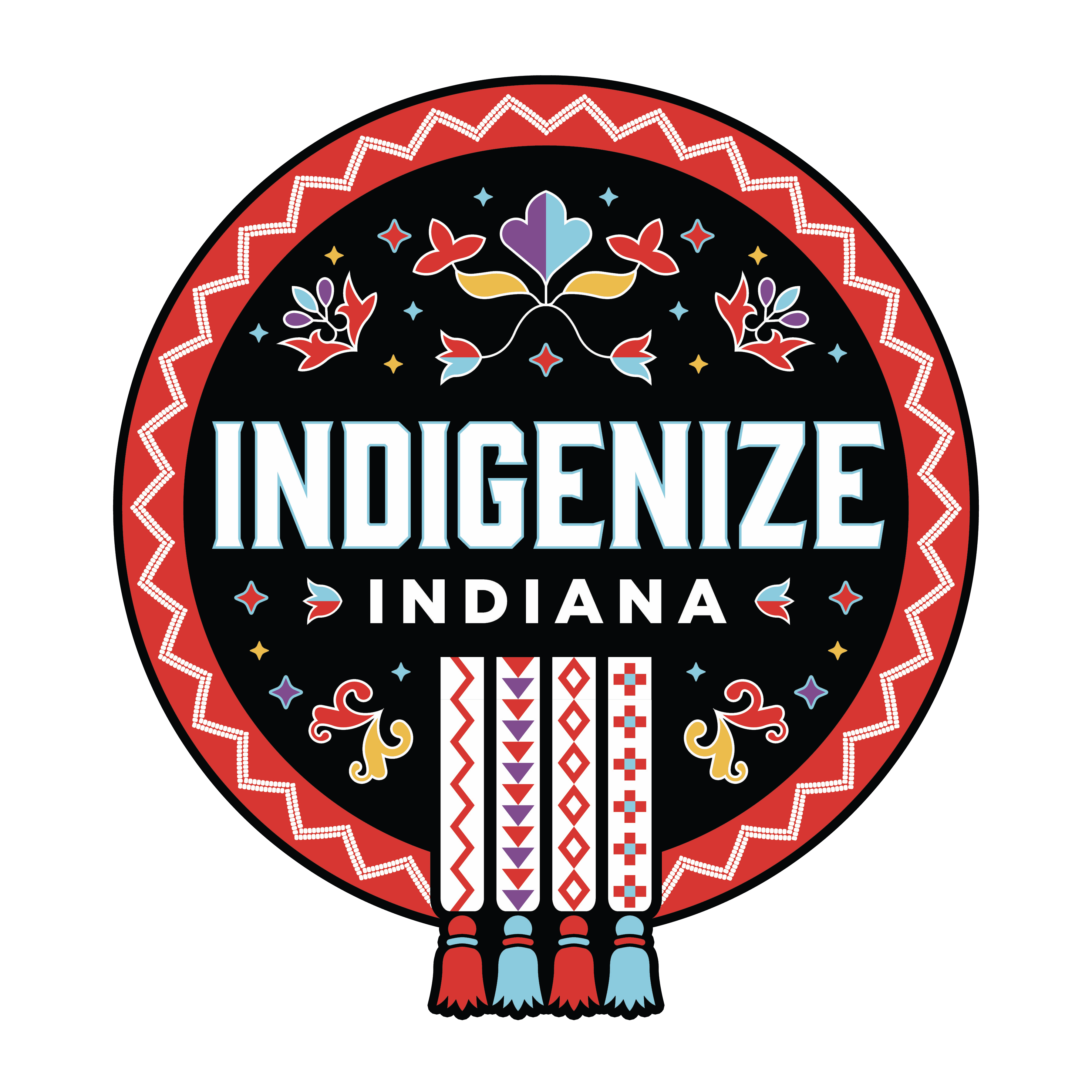IIK-CDRIL research, education, and editorial activities focus around several major, interrelated topical areas:
Language Documentation
IIK-CDRIL works to not only produce Indigenous language grammars and dictionaries but also document traditional Indigenous ways of communicating.
Currently, we are collaborating with the Phoenix Indian Center and the Thunder Valley Community Development Corporation on a project titled Documenting Diné and Lakota Ways of Communicating through Community-Driven, Collaborative Tribal Organization – University Partnerships. The project builds local capacity to document Navajo and Lakota language use as it occurs naturally in everyday practice. It also records local knowledge of how Navajo and Lakota were and are used in culturally appropriate ways so that those practices - and the traditional meanings encoded in them - can be sustained and revitalized. The resulting digital library of language use and metalinguistic information will be used within language and culture revitalization initiatives.
IIK-CDRIL researchers provide public access to the current results of their ongoing projects. The IIK-CDRIL Dictionary Portal allows the visitor to work with IIK-CDRIL dictionaries for five languages. The IIK-CDRIL Northern Caddoan Linguistic Text Corpora Portal is a gateway to texts and narratives in Arikara, Skiri Pawnee, and South Band Pawnee.
- IIK-CDRIL Online Dictionaries: Arikara, Skiri Pawnee, South Band Pawnee, Assiniboine (Nakoda), Teton (Lakota) and Yanktonai Sioux (Dakota).
- IIK-CDRIL Northern Caddoan Linguistic Text Corpora.
- IIK-CDRIL Lakota Linguistic Text Corpora.
- IIK-CDRIL Assiniboine Narratives from Fort Belknap Reservation.
Language Revitalization
One of IIK-CDRIL’s main missions is to collaborate with Indigenous communities to produce materials, language plans, and strategies designed to support Indigenous language revitalization/reclamation. This includes not only school-based projects, but also family- and community-based initiatives designed to reclaim Indigenous languages in homes and among local social networks through informal, intergenerational interaction.
Currently, IIK-CDRIL is collaborating with the Fort McDermitt Paiute-Shoshone Indian Tribe on an educational project designed to breathe new life into the Northern Paiute language. The Numuchadooana Kai Nasumu’wakwuna: Sustaining the Indigenous Northern Paiute Language project entails creating a K-6 language curriculum and supplemental language materials to share and promote the use of the Northern Paiute language as an active medium of transmission of Paiute culture and traditions to the upcoming generations.
Culture History
Several past IIK-CDRIL projects focused on the history and culture of specific Plains tribes:
- Sioux documentary history
- Sioux-Assiniboine-Stoney culture history, as reflected in dialect differentiation, social movements, and historical traditions
- Arikara history and culture
These projects, based on a combination of documentary and field studies, include the development of archives comprising historical, ethnographic, and linguistic materials.
Music Documentation
The documentation of tribal musical traditions is part of two larger IIK-CDRIL projects.
- Arikara music, a project based largely on contemporary field recordings but including historical recordings
- Sioux music, a project based on field recordings of George Sword, an Oglala, made at the beginning of the twentieth century
Material Culture
As part of a larger documentary and research project, work has also focused on Pawnee material culture, utilizing written documentation from the 20th century combined with the contemporary study of artifacts.



